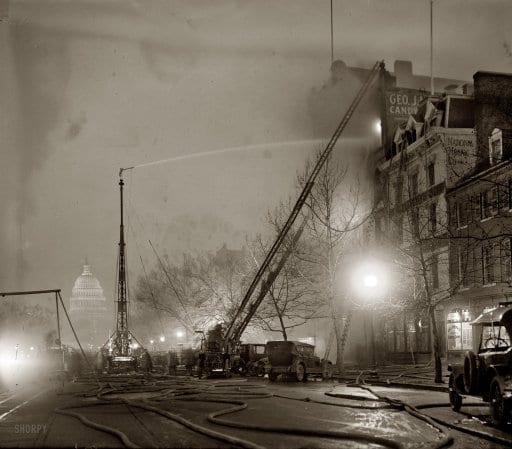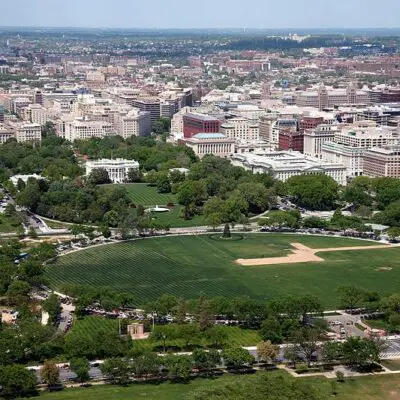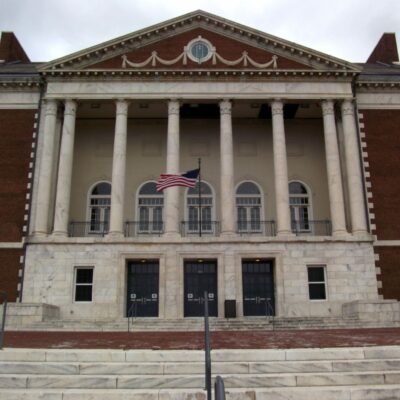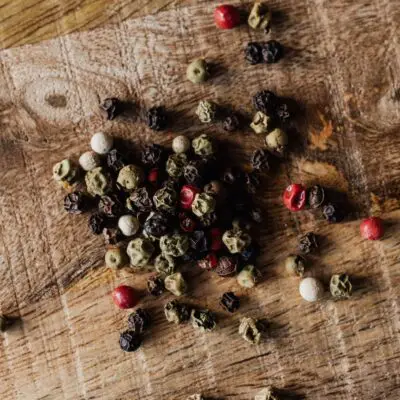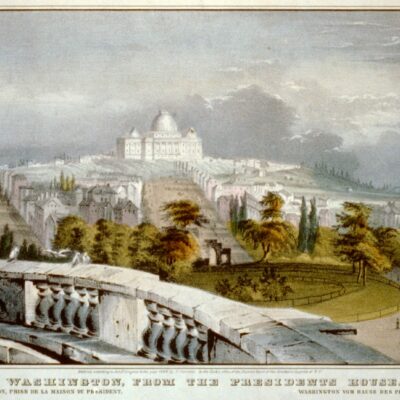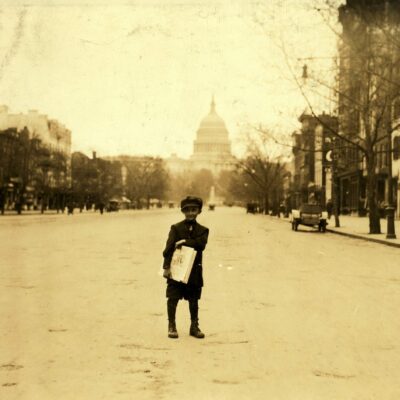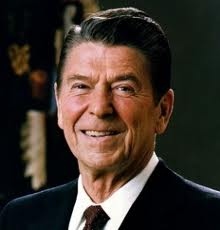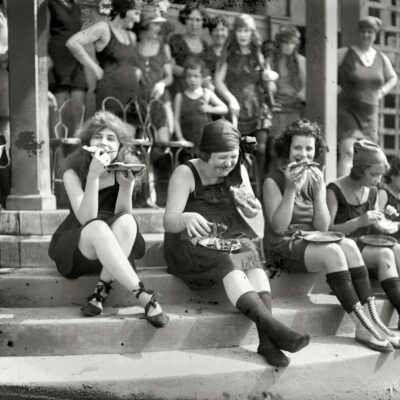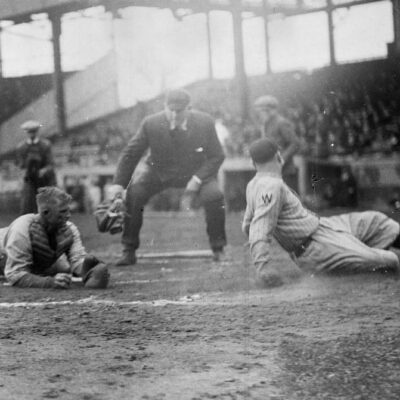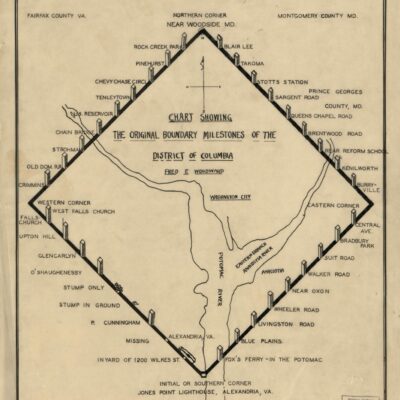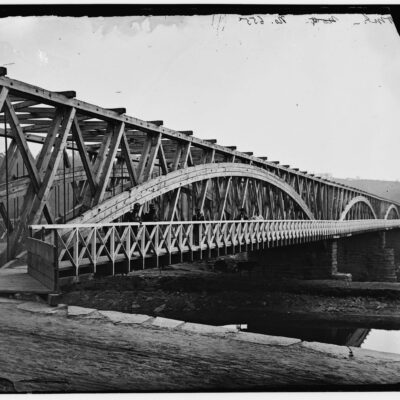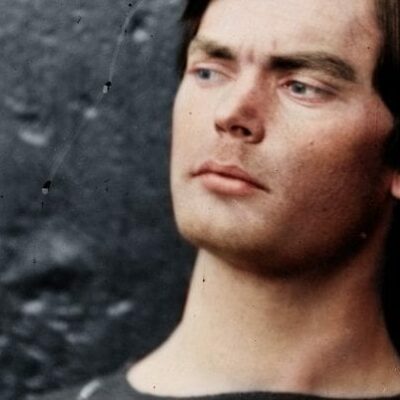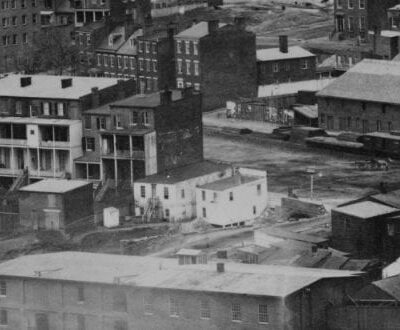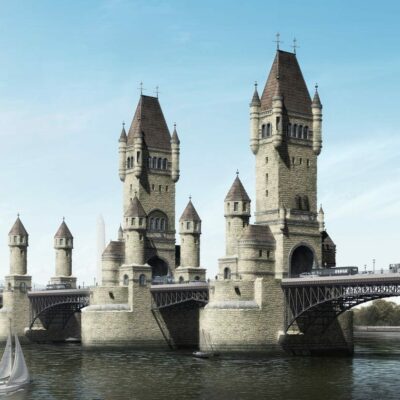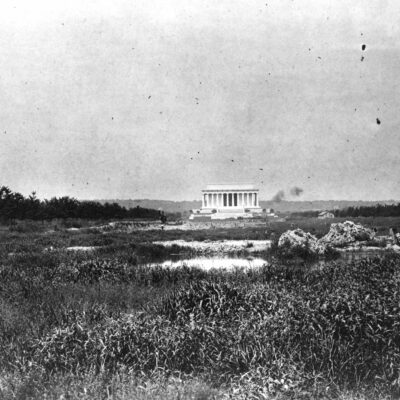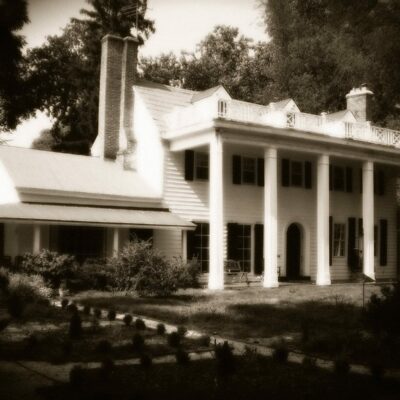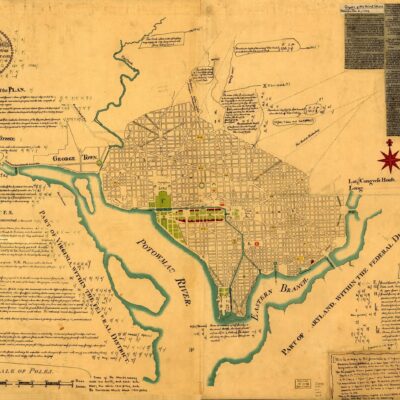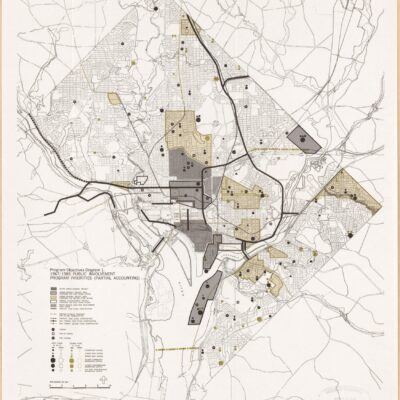The opium den post of last week was the first foray into old Chinatown research, but I’ve uncovered a gold mine of fascinating local history.

You probably were unaware of this, but in the 1920s, there was a brutal criminal underground layer in Chinatown — if there still is, I’m totally oblivious — and a very detailed Washington Post article uncovered many of the gruesome acts perpetrated by these Chinese gangs. This was published on July 21st, 1929.
CHINESE gunmen, of a type more daring and cunning than the American gangster and racketeer, have killed with impunity in the Nation’s Capital during the last decade. They have left in the wake of their bloody activities a record so weird and tinged with the deep rooted mystery characteristic of the Oriental as to be almost unbelievable.
-ad 197-Seven Chinese have fallen victims to their deadly gunfire. Two others have been seriously wounded in the spasmodic warfare which has marked the rivalry of the Hip Sing and On Leong tongs. Yet, in each instance, these professional killers–hatchet men they are called–have successfully matched their cunning with Occidental wit and eluded capture.So far, none has been brought to justice for his cold-blooded crime.
These gunmen are expert in their heinous profession, as the record of seven unsolved Chinese murders on the books at police headquarters will attest. They seldom bungle their job as they pay for each murdered Chinese usually amounts to $1,500, a small fortune to an Oriental. And, too, they use the most up-to-date methods in their business of killing. True, they have not yet adopted the use of the machine gun, nor do they indulge in the throwing of “pineapples,” as the destructive home-made bombs are referred to, but this is because they have become so expert in putting their victim “on the spot,” taking him for “a ride” and the old fashioned way of just shooting him down in cold blood, that they do not have to go to the trouble of machine gunning or “pineapple” throwing.
Am I totally oblivious to the fact that this Hollywood-like, crazy mafia murders happen, or is this legitimately nuts? Also — I’m stating the obvious here — it’s abundantly clear that the views on race were wildly different back then, with a clear lack of a political correctness filter on the press.
The fact that these gunmen ply their trade only among fellow Orientals makes the job of capturing them doubly hard for the police, who have found it impossible to make a Chinese talk when he does not want to talk. Further more, friends of the victims much prefer to be left alone by the police, because, as the records show, they are capable of evening the score in their own wa, much in the manner of Chicago gangsters. It is these reprisals, however, which police fear as much as the paid killings.
-ad 199-The toll of dead Chinese would have been bigger by three, in all probability had not police on one occasion received information that a stronghold for Hip Sing tongmen on lower Pennsylvania avenue near the Capitol was to be the scene of a triple murder and stormed the establishment before the plot could be carried out. It was the only time, however, when police have been able to frustrate the plans of the gunmen, despite the fact that the victims, in most cases, are warned beforehand that hey are to be killed.
Knowledge that you’re going to be killed by hitmen? I can’t think of anything more terrifying. This really is like the movies.
Back in the early part of the 20th century, Chinatown was in a different location. It was down on Pennsylvania Ave., starting by the Capitol, spreading up to 6th St. It was said to have a population of approximately 600 Chinese who dressed in traditional clothes and only spoke in their native tongue. I suspect it was something that more closely resembled what the Chinatowns in New York and San Francisco look like, albeit, on a much smaller scale.
The community was very insular and minded its own business by taking care of its own residents. So much so, that the police often had very little understanding of what was happening in the neighborhood.
Police, on several occasions during recent years, have staged thrilling raids on gambling and opium rooms in Washington’s Chinatown, but what transpires in the council rooms in the two tong headquarters, as well as in the social rooms, usually found at the end of heavily barred and intricate passageways, has remained a mystery to all except the Chinese themselves.
The epicenter of Washington’s Chinese community was said to be at 325 Pennsylvania Ave., the site of Moy’s store, mentioned in the opium den post last week. The story mentioned in this post was only one generation later.
